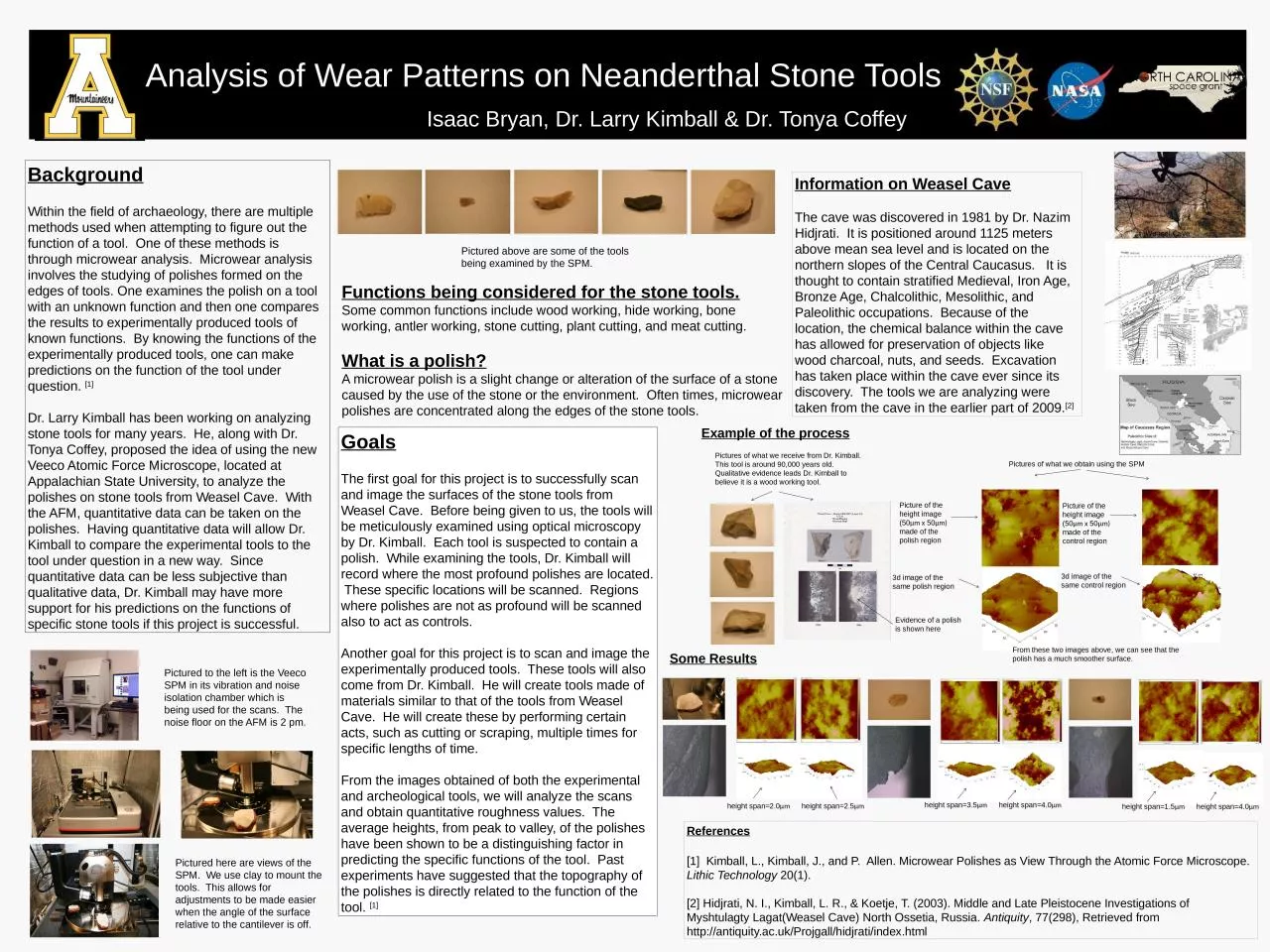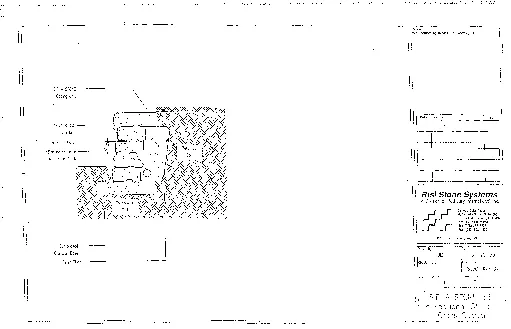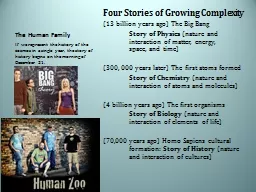PPT-Analysis of Wear Patterns on Neanderthal Stone Tools
Author : Littlespud | Published Date : 2022-07-28
Isaac Bryan Dr Larry Kimball amp Dr Tonya Coffey Goals The first goal for this project is to successfully scan and image the surfaces of the stone tools from Weasel
Presentation Embed Code
Download Presentation
Download Presentation The PPT/PDF document "Analysis of Wear Patterns on Neanderthal..." is the property of its rightful owner. Permission is granted to download and print the materials on this website for personal, non-commercial use only, and to display it on your personal computer provided you do not modify the materials and that you retain all copyright notices contained in the materials. By downloading content from our website, you accept the terms of this agreement.
Analysis of Wear Patterns on Neanderthal Stone Tools: Transcript
Download Rules Of Document
"Analysis of Wear Patterns on Neanderthal Stone Tools"The content belongs to its owner. You may download and print it for personal use, without modification, and keep all copyright notices. By downloading, you agree to these terms.
Related Documents














